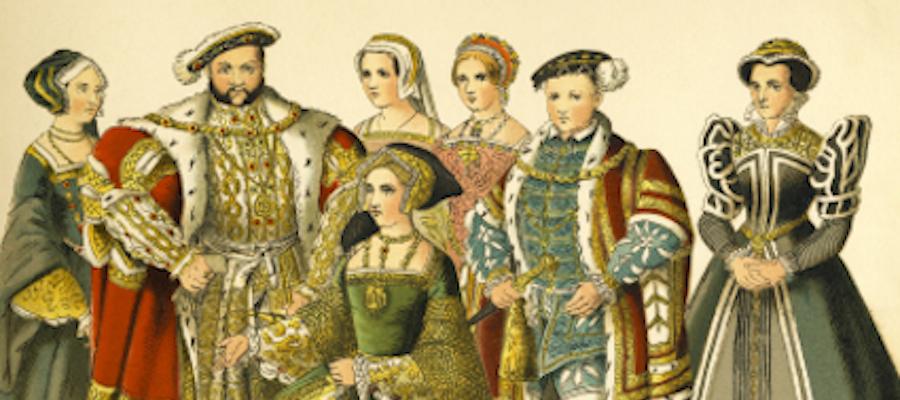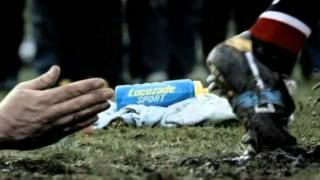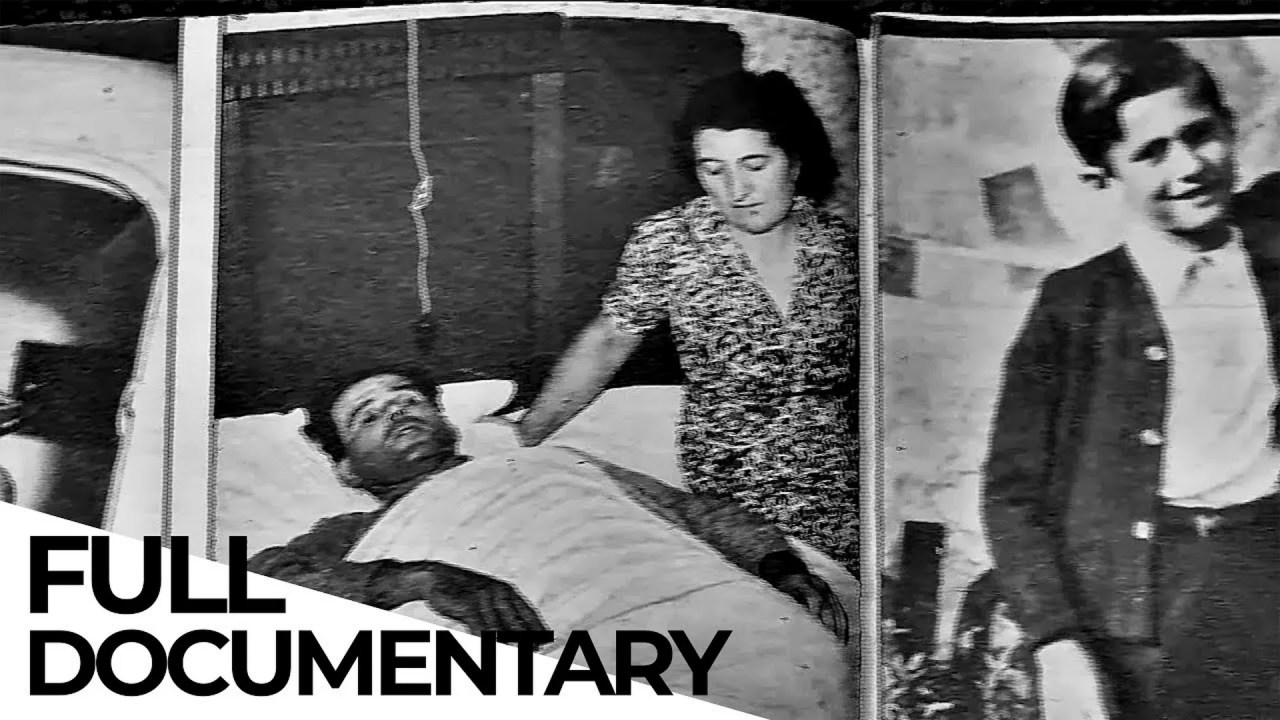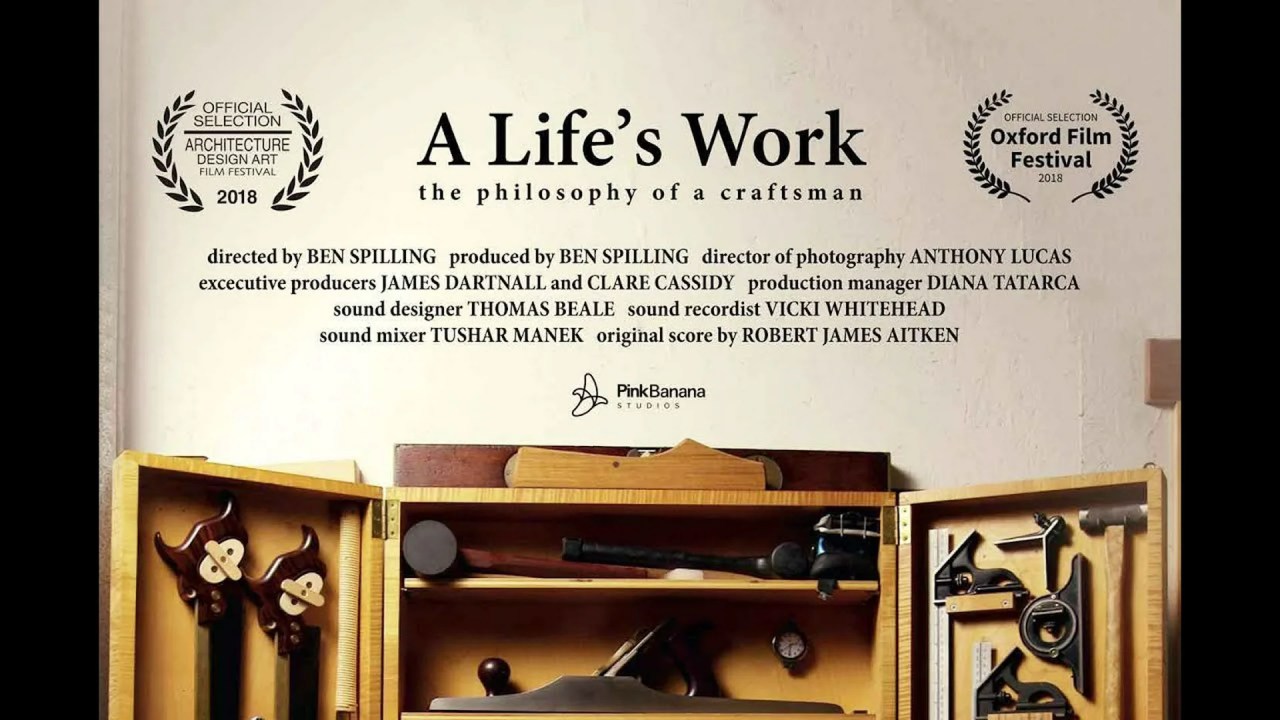Five hundred years ago the world was in a different place. At the time, we only discovered the continent America and started to realize it existed. We had no idea about Australia. England and Scotland were separate kingdoms. And each had its own royal family. And at that time, the Tudors ruled England.
The Tudors royal family ruled England from 1485 to 1603. They were a Welsh-English family overseeing one of the most exciting periods of British history.
During their reign of 118 years, they oversaw new religious ideas, exploration, colonization, and unprecedented upheaval in England.
The five kings and queens introduced huge changes that we have today. House of Tudor gave five sovereigns to England, Henry VII, his son Henry VIII, and the three children of Henry VIII, Edward VI, Mary I, and Elizabeth I.
Today, we will look at some of the inventions and achievements happening between the crowning of Henry VII in 1485 and the death of Elizabeth I in 1603.
Round Castles
Before the era of the Tudors, and during it, cannon-fire was a deadly threat to castles. The old-fashioned rectangular fortresses with corners could go down in a second. If an enemy cannon ball knocked out a corner-stone, the whole building might collapse.
Henry VIII built more than 30 forts to defend the English coasts. And he introduced squat and rounded castles, with a central round tower ringed by lower semi-circular towers.
![]()
These castles were low to the ground, presenting a smaller target than medieval tall castles. And if cannon balls hit them, the hope was they would bounce off the rounded walls.
The age of portraits
When Henry VIII banned holy pictures in churches, artists had to look elsewhere for work. Before that, there were many images of kings and saints showing ideal monarchs or holy men in medieval churches.
But with the ban, they had to look for new sources for work. And that is how the age of portrait began. Additionally, these noblemen wanted to get amazing display of full-length portraits in colorful pictures.
During the Stuart period, even merchants and prosperous farmers wanted portraits, seeing them as status symbols.
Farmers started borrowing fine clothes for their portrait.
Welcome theatre
People always enjoyed a live show. From the ancient history times and the gladiators, to the live concerts and shows we have today.
During the era of Elizabeth I, the monarchy invented a new way of enjoying live shows, the theatre. The first purpose-built London theatre opened in 1570s.
Theatres were open for everyone. They were wildly popular. And at the time, you could pay a few pennies to stand in the open space or more to join the courtiers and richer folk sitting in the galleries.
To this day, more than 300 different Elizabethan plays survive.
The toilet
Nowadays, you can see a toilet flush in every home. But even up to the 20th century, many ordinary homes didn’t possess flushing loos. They had to go to the bathroom outside in holes in the garden or back yard.
During the Tudor period, or more precisely, during the reign of Queen Elizabeth I, the toilet was invented. Her favorite godson Sir John Harington invented in about 1596.
He installed the ingenious new-style loo in his own mansion and also presented one to Queen Elizabeth. The waste dropped into a pit, which had to be cleaned out.
While the idea never caught and didn’t get popular, it was still the birth of an idea. During Victorian times, the royal monarchy started installing more flushing toilets.
![]()
The first shopping center
Nowadays, you cannot imagine a big city without at least few shopping centers. Trade has always been part of people’s lives. But during the reign of Queen Elizabeth I, the first shopping center was built above the first stock exchange.
The center had room for 120 shops, all under one roof. Elizabeth loved shopping and bought all her hats there.
Let’s play tennis
Tennis was invented during the Tudor era. There was a similar version to tennis, but more like handball played in France. The Tudors started using kitchen sieves, the great grandfather of the tennis racquet.
Henry loved the sport and had a tennis court at Hampton Court.
Forks replacing fingers
Can you imagine eating with your fingers? Nowadays, that is considered rude. But before the Tudor period in England, that was the norm. Most English people ate with knives and fingers. Forks had their use in medieval kitchen for fishing lumps of food out of cooking pots, they had little to no place at the table.
In England, royalty used forks by the 1670.
Giving more power to the parliament
Henry used the parliament to iron out some of the medieval ambiguities he saw around him. When he came to the throne, he inherited the title Lord of Ireland. In 1542, he passed an act of parliament which established himself as King of Ireland.With that move, his sovereignty now sprang from parliament rather than the Pope. He also incorporated Wales into England. He swept aside lordships. Many of his legal and political reforms have endured to the present.
Medical improvements
In 1518, Henry turned his attention to the medical profession. Up until that point, apothecaries and physicians practiced without any regulation. There were many scammers offering medical services to desperate people.
With a Royal Decree, Henry established what would become the Royal College of Physicians. He followed that up with an act of parliament remaining in force today.
This body now grants licenses to qualified people to practice medicine. It also punishes those who are not qualified.
Henry also introduced the first standard for malpractice, dragging medicine away from superstition and setting on the path to making medicine a scientific pursuit.





















